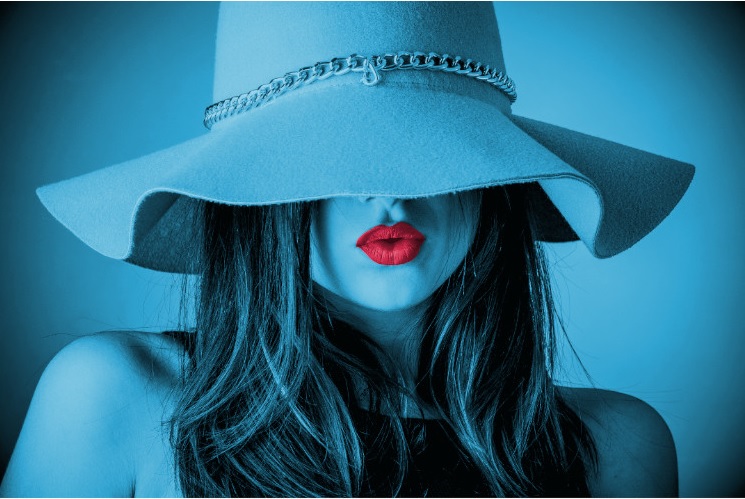
About
Red Bull GmbH is the leader of the energy drinks market, growing approximately at a rate of 7.2 percent every year. This drink revolutionized the world of food and beverages gaining popularity amongst both young and aged. The energy drinks market is worth more than 60 billion dollars and growing steadily.
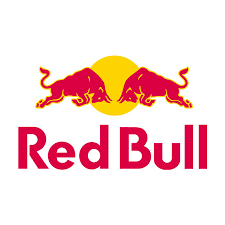
This company has produced about 13 billionaires, the most number of billionaires any other company has generated. The story of the evolution of Red Bull to its current status through the roller coaster ride is fascinating.
The Origin
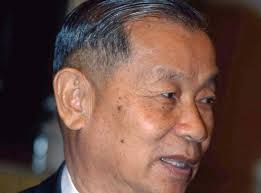
Chaleo Yoovidhya was born in 1923 in a family in Thailand rearing ducks for their livelihood. In his mid 20’s he went to Bangkok as a salesman of a pharmaceutical company. After acquiring much knowledge about the pharmaceutical industry, he decided to start his own pharmaceutical company by the name T.C pharmaceutical.
In the year 1962, a Japanese energy drink by the name of ‘Lipovitan-D’ was introduced in Thailand. This drink was available in pharmaceutical stores in small medicinal bottles and targeted at the affluent strata of society.
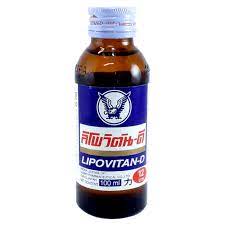
In 1970, inspired by the drink, Chaleo prepared the energy drink having similar effectiveness but sweetening it mainly for the truck drivers and laborers who could not afford the costlier Japanese drink.
He named this drink Krating Deang, depicting a gaur in the bottle. It soon became popular as it removed the tiredness of the laborers tiring out in fields and truck drivers.
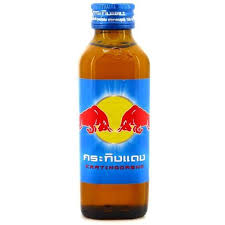
The energy drink has an ingredient named Taurine that boosts energy levels. This drink initially hit a roadblock as rumours started spreading that Taurine was extracted from bull’s semen.
Chaleo convinced people that this chemical is produced synthetically and not from bull’s semen, and gradually the popularity of this drink increased. By the 1980s, this drink was popular among the locals, as there was much labour-intensive development work happening in Thailand during that time.
Chaleo was a good marketing expert and soon started promoting the energy drink in the local Muay Thai boxing tournaments, even sponsoring the events. These boxing tournaments are popular crowd attractions, and that eventually helped this drink to gain in popularity.
Introduction in Europe
Chaleo pharmaceutical company was importing a product from a German toothpaste company named Blendax. In 1982, the marketing director of Blendax, an Austrian Dietrich Mateschitz, was visiting Thailand and amazingly found out that all his jet lag vanished by the consumption of this drink.
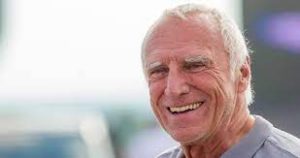
Mateschitz returned to Austria and started working on the prospect of introducing the energy drink in the Austrian market. A year later, he approached Chaleo with an idea, to promote the energy drink in the European market.
They both invested 500,000 dollars to start the company that is currently known as Red Bull GmbH. Both of the investing partners owned 49 percent of the share, with the remaining 2 percent share went to Chaleo’s son with the understanding that Mateschitz would run the company.
The company reworked the drink’s recipe, reducing the sweet taste of the original product and carbonating it to better suit the taste of the Western audience. The name of the product was changed from Krating Deang to Red Bull with the tagline ‘It Gives You Wings’.
The Austrian bottlers were initially unwilling to bottle such a drink fearing lack of market, Mateschitz kept on convincing them that the market can be created once the production starts. Rauch, the largest producer of soft drinks containers agreed to bottle the drink. It took almost three years to market the product in Austria.
Marketing Strategy
Mateschitz targeted young people, partygoers, and adventure lovers at the beginning. He hired brand managers that distributed free cans of the energy drink at the party, hired cars displaying a big can of Red Bull energy drink to travel through the streets. He also promoted animated advertisements.
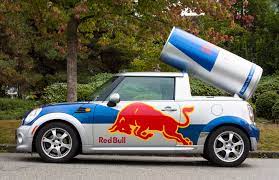
Soon it became a popular drink in Austria, and by 1997 Red Bull was selling close to a million cans a day. However the Authorities in France were not convinced about the health effects of the drink, and hence the Mateschitz was not able to market the drink there, though it was smuggled across the French-Austrian border.
Health Concerns
France contended the introduction of this energy drink due to its effect on health. Taurine and Caffeine were the main ingredients of the drink along with sugar and France banned its import and sale. They continued testing the drink in their labs. The ban was challenged in the Court and the verdict of the court was to carry out more tests to prove the health issues related to its consumption.
In 2008, the drink finally made it to the French market as the testing team could not find adequate evidence of having supposed health problems. In 2012, Kuwait’s ministry of commerce banned the sales of this energy drink to minors below 16 years of age. In 2014, Lithuania passed a new law forbidding the sale of an energy drink containing Caffeine to minors.
The Caffeine content of a 250 ml can of Red Bull is about 40-80mg, and the general public does not stand at risk of adverse effects unless the Caffeine content reaches 400mg per day. Red Bull varied the Caffeine content in their cans depending upon the country it was exported, maintaining the legal restrictions.
European Food and Safety Authority finally concluded in their report that the level of Caffeine and Taurine content present in the drink is not a safety concern, which allowed Red Bull to market the drink in entire Europe.
Renewed Strategy
Mateschitz, as a part of marketing, started sponsoring sports like Football, Ice hockey, Formula One, MotoGP attracting the followers of these sports towards the energy drink. Red Bull spends the major part of its earnings in marketing and sponsoring sports loved by millions. It resulted in an increase in sales and generating more revenue.
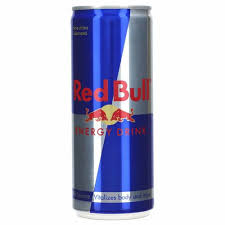
The marketing mainly focussed on young adventures loving people. The introduction to the American market boosted its sales enormously. The logo of Red Bull was designed by a friend of Mateschitz, signifying two Gaurs locking horns.
The major problem with this drink after its introduction was that it only had one variety. Different editions of this energy drink were introduced in different flavours, including a sugar-free option that made the drink even more popular. It currently holds the top spot in the energy drink market, and its share is increasing with each passing day.
Hiccups
In 2013, a brewery in Norwich named itself Redwell Breweries based on the name of Redwell road where it was situated. The Red Bull authorities were quick to react to the name complaining that it would tarnish their brand name and confuse the customers.
They filed a suit in court to change the name of the brewery. After hearing the arguments court ruled in favor of the brewery, Red Bull settled the case with an out-of-court settlement with the brewery. In 2014, Red Bull settled two consumers lawsuits filed against it in the American consumer courts by paying around 13 million dollars.
Boycott threats for Red Bull happened in Thailand as well. Vorayuth Yoovidhya, the son of Chaleo Yoovidhya was involved in a hit and run case involving a Bangkok policeman with his Ferrari. After many summonses from the court, he failed to appear in trials and absconded from the country. This angered the people of Thailand, and they protested by boycotting the Red Bull drink.
Conclusion
Origin and building of Red Bull is a fascinating story by itself. The usage of intuitive marketing skills and strategy helped in building an organization worth billions. In 2012, Chaleo Yoovidhya died at an age of 89 due to natural causes after becoming a multi-billionaire.
This organization has produced the largest number of billionaires in the world elaborates the success it has achieved over the years. Dietrich Mateschitz, net worth is estimated to be around 27 Billion dollars making him the 40th wealthiest person in the world.
Red Bull GmbH currently owns many football clubs and basketball teams. They fund extreme sporting events. They are leading sponsors in Formula One, Moto GP, BMX, Cliff diving, mountain ride biking, skateboarding, and ice hockey. They also promote various music-related events. They reserve exclusive TV rights to any extreme daredevil stunt sponsored by them.
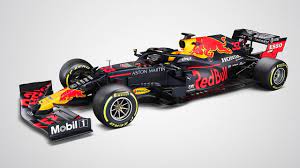




 (2 votes, average: 5.00 out of 5)
(2 votes, average: 5.00 out of 5)


